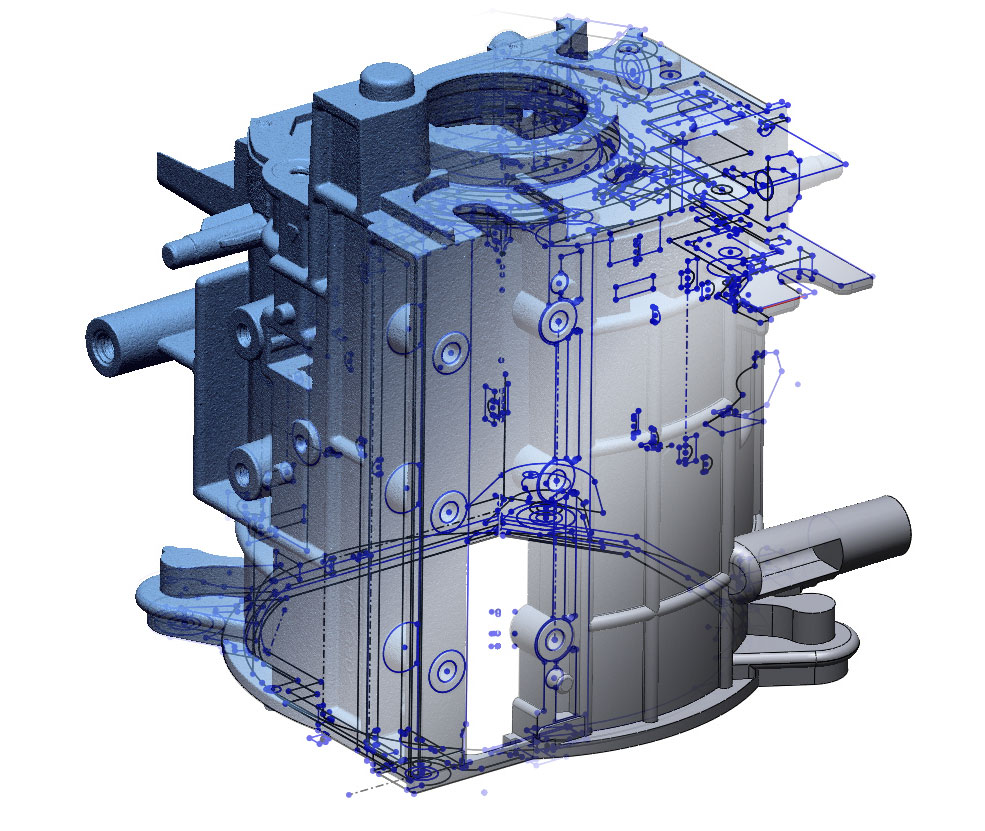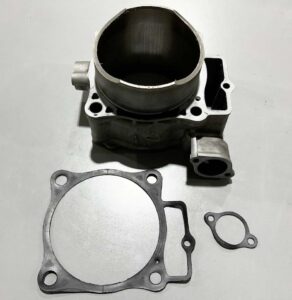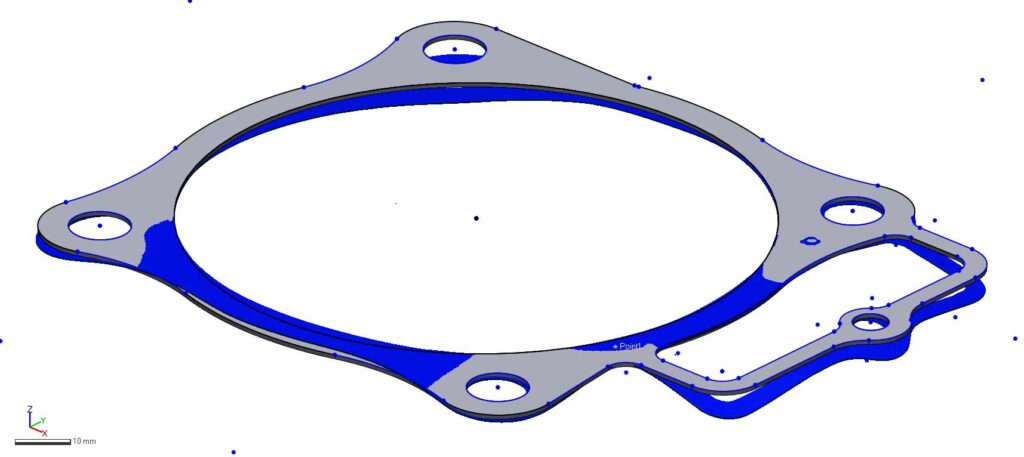CT Scanning & Reverse Engineering Complex Assemblies
Reverse Engineering Components for Fit & Function
Industrial CT Scanning Micro Filters
Micro-CT scanning allows us to inspect small components like stainless mesh filters for porosity, gaps, and overmold conditions.
Continue reading
































































